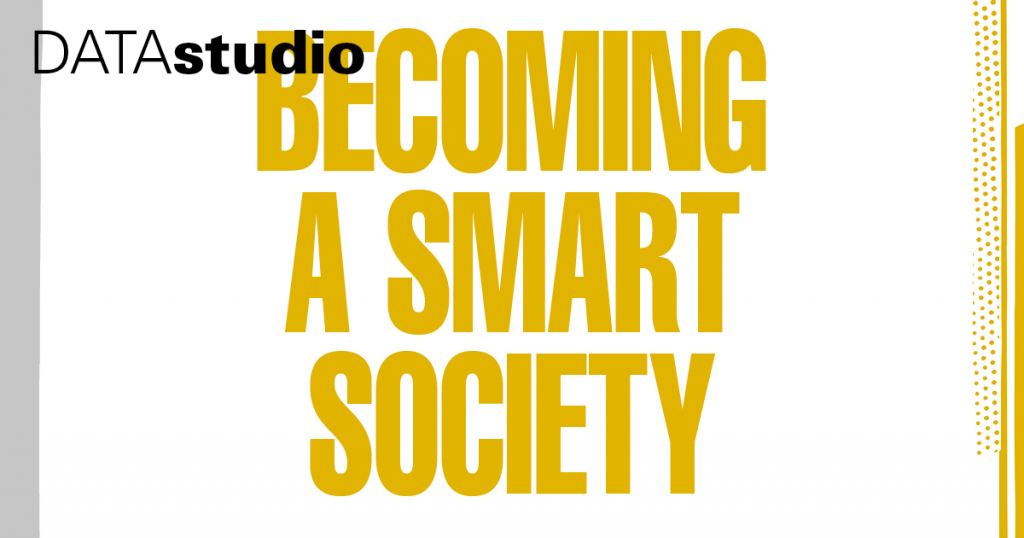

Eindhoven wants to become a smart society. But how does that work? What’s going on in a society like that? Are there any good examples to learn from? DataStudio Eindhoven explores the transition a city has to go through to actually become such a smart society. Each week, we present a new contribution on E52. This week: Children in the Smart Society. Read all the articles here.
DATAstudio Eindhoven supports the development of ideas and practices for the smart society, where the citizen is central and where technology helps the citizen to relate to other citizens, to the urban environment and to control the city. But… the citizen? Who is that? There isn’t a ‘the citizen’. A city consists of large numbers of groups and individuals who differ in their needs, in their degree of (technical) literacy and in their ideas about what is best for the city. That’s why a city that wants to be a smart society – like Dietmar Ofenhuber said last Wednesday during his reading in the series A City As Smart As Her Inhabitants – has to offer many different ways to give citizens access to the smart society.
An important group of city residents that is hardly addressed in the context of working on a smarter society, is that of children. Maplab, one of the projects of DATAstudio has that exact group in mind.
The project was set up by Anab Jain, director of design studio Superflux in London, and one of the members of the think tank with which DATAstudio develops her projects.
After the pilot with the years 5 to 8 of elementary school De Tempel the project is now being scaled up by Beam It Up, an initiative from Eindhoven that realizes innovative education projects in which fantasy, technology, cooperation and creativity are combined.
“What are good and bad hiding places? What’s that scary alley? What is a good climbing tree?”MapLabKids,

What does MapLab do?
A MapLab is where children visualize their own living environment in four afternoons with digital and analog resources. They collect the drawings and stories they make on a digital map. In a MapLab, children learn to look at their daily environment consciously, critically and with a fresh look. They learn to gather their findings in an online environment, and they learn that their experiences of the space matter and can be part of a bigger story that is heard and told for more people.
Children look at the urban environment in which they move in their own way and have an eye for totally different qualities than most urban designers. The qualities that children see are also important for the experience of life in the city. What are good and bad hiding places? What’s that scary alley? What is a good climbing tree? In short, through Maplab, new qualitative data is collected about the urban environment than what is already available.
New website
A lot of work is currently being put into a new website that will soon come online at maplabkids.nl. Keep an eye on DATAstudio for news about the moment the website goes live.
In Dutch and English, the website will have a complete instruction manual and workshop description for running a MapLab at a primary school. The collected data (the drawings and stories) can also be gathered there on digital maps.
Basically, schools can find all they need there to get started themselves, but of course, it remains useful to also contact Beam It Up for guidance!



